And just like that, my time in Melbourne was over. Sadly I didn’t get to venture as far afield as the Grampians (thank you for the suggestion, though, Chloe, I will definitely keep it on my list for another time), but what I have experienced of the City and its environs has been amazing 🤩 Thank you for hosting me; someday I would love to return 😁
After another hearty repast at the One Queen (the convenient restaurant adjoining the Vibe; see here for more), it was time to order an Uber and head back to Tullamarine – this time taking an internal flight departing from Terminal 3 to Uluru – the Aboriginal name for Ayres Rocks.
Uluru is situated in the Northern Territory, an area bordered by the states of Western Australia, South Australia and Queensland. Quite simply put, it’s a hot and somewhat arid desert-like location in the middle of nowhere – a far cry from the lush greenery of Melbourne! It’s also on Australian Central Standard Time, which is an hour and a half behind Melbourne (which is on Australian Eastern Daylight Time).
Arrival
Having boarded an almost half-empty Boeing 737-800, I settled in for the circa 3-hour flight across a significant portion of the Australian interior. Uluru, a.k.a. Ayers Rock, is a massive sandstone monolith in the heart of the Northern Territory’s arid “Red Centre”. To the Aboriginals – the indigenous Australian culture – it’s a sacred place and is thought to have started forming around 550 million years ago. It’s also situated within the Uluru-Kata Tjuta National Park, which is home to the 36 red-rock domes of the Kata Tjuta (colloquially known as “The Olgas”) formation.



Landing at Ayres Rock Connellan couldn’t have been more different to landing at Melbourne Tullamarine. For starters, the Airport is tiny: a single terminal with a runway that almost certainly couldn’t cater for anything larger than the 737 I came in on. This little gem, however, reminded me of some of the more “ramshackle” airports I’ve landed at over the years: Bristol when it first started out, L.F. Wade International when it was just known as Bermuda Airport and the termini of numerous other tropical destinations. No sky bridges here – just some stairs and the latent heat from the resting turbines!




Desert Gardens Hotel
From the airport, the complimentary bus service takes one to their accommodation of choice – my hotel, the Desert Gardens, being one of a number in what is essentially the self-contained complex known as Ayres Rock Resort. This is a resort that comes complete with it’s own Police Station and Fire Station, too!



Describing the Desert Gardens as looking like something out of Tenko – an early ’80s series shown in the UK about a women’s Japanese prisoner of war camp – might seem uncharitable. But honestly, with its barracks-like structures and accommodation blocks, that’s kind of what it reminded me of! 😳



It is a resort-style hotel in a resort complex, yes, but at the end of the day, this is a facility that’s purpose-built for the cultural/geological experience(s) one typically comes here for. Not to mention the fact that it’s also designed to be sympathetic with the style of its surroundings. Both of these, I have to say, it does really well.
There are various excursions one can take to Uluru and its surrounding environs, and these are provided by the various companies that operate in the area. They are also priced at various levels. I booked the Sunrise, Field of Light trip via TRAVELBAG before I arrived and then the Sacred Sites & Sunset trip when I got here (off the back of sorting out some last-minute planning issues); more about all of these in my blog post here.



I’d say this is a one or two-day destination at most: I personally wouldn’t pick Ayres Rock as a destination to classically relax and unwind. Having said that, Desert Gardens does have a pool – as do some of the other hotels – and I did get the impression that some folks had taken the opportunity to stay longer…making more of a “vacation” of the experience. I can see how that might appeal to some, but it wouldn’t be for me 🤗
Aside from the excursions and the pool(s), there are quite a few other things you can do around the resort – most of which are free. For example, there are numerous paths that cross the “outback” and take you up to the various vantage points that give you a better chance to observe your surroundings. Yes, out here, you are definitely within what one traditionally thinks of as the classic Australian Outback!
There are also a number of exhibitions you can enjoy, showcasing the various artists and their local cultural wares; dare I say, there are also the obligatory set of (self-same) locals who will try to hawk you their wares at any opportunity 😂
Accommodation
Whichever accommodation block you choose, I should imagine the rooms are all much-of-a-muchness. As I say, to my mind, this is a place designed for short stays and so the facilities are intended to be functional though not much else.
🤔 Having said that, I did see that Sails In The Desert has its own SPA – so perhaps it is a more “up market” establishment catering to the more discerning clientele 🤷🏻♂️

Dining
Desert Gardens has its own restaurants that offer breakfast, lunch and dinner – in a similar fashion to some of the other hotels. There are some additional Cafés/eateries in the “Town Square”, too. If you’re a G&T fan – i.e. Gin & Tonic; though if I have to explain that, then you’re probably not – I would definitely recommend the locally produced, organic Koala Gin. It’s delicious! 😋



At the end of the day, you are essentially a captive audience, so expect to pay a premium for any meals/drinks you purchase. Paying a premium depends on your perspective; I once stayed on Silhouette Island in Seychelles – a Hilton-owned resort where you literally need to take out a second mortgage in order to eat/do anything! 😮 A saving grace here, at least, is the food I’ve had so far is better than the food I had at the Hilton!
The Resort Complex
Arranged around the “Town Square”, the resort complex is basically a (not so little) Oasis in this ruddy-coloured Desert, providing all the modern-day essentials (as essentially there’s nothing else around 🤷🏻♂️). Remember, though, that, in the same vein as with the restaurants, residents are a captive audience. So don’t be surprised to pay a premium for anything you purchase.

From a temperature perspective, it can get quite cold in Winter – down into the minus figures on some nights, or so I’m told. In Summer, though, it’s typically very hot – so don’t forget to drink plenty of water (I’ve brought along a “Hydro Flask” which, so far, has been doing a great job of keeping warm liquids warm and cold liquids cold)!

In the Summer months, sunscreen is also a must! The Sun is really strong, and even though it might be overcast at times, that’s the time when the sunburn will get you! Especially if you’re out lounging by the pool. Actually, sunscreen is essential wherever you go in Australia during the Summer months, but more so out here I’d say. There are also a lot of flies, so insect repellent will not go amiss either! 😁
Anyway, I’m going to go continue my exploring in the time I have left here and before the midday sun “stops play”! Don’t forget to catch my next post all about my Uluru experience, and as they say around these parts:

Palya means Hello, Goodbye, You’re Welcome, and pretty much everything in between 😎 I feel sure you could probably use it to wish someone/anyone/everyone a Merry Christmas…as well as to aim a much-deserved expletive at the ruddy flies too!


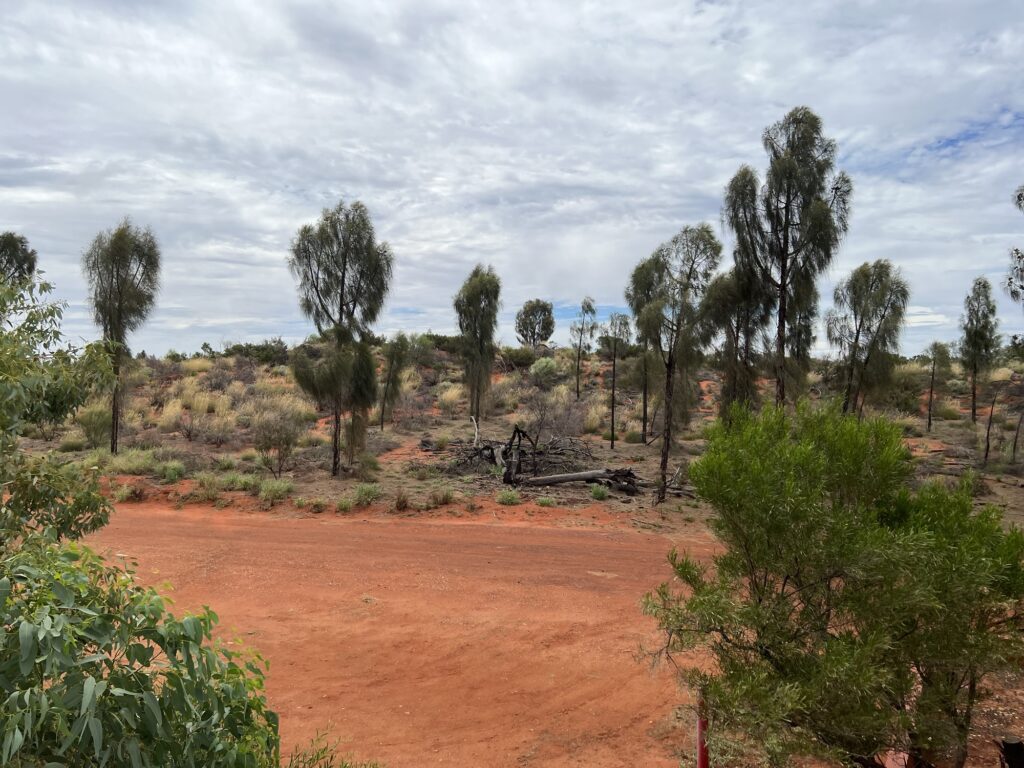

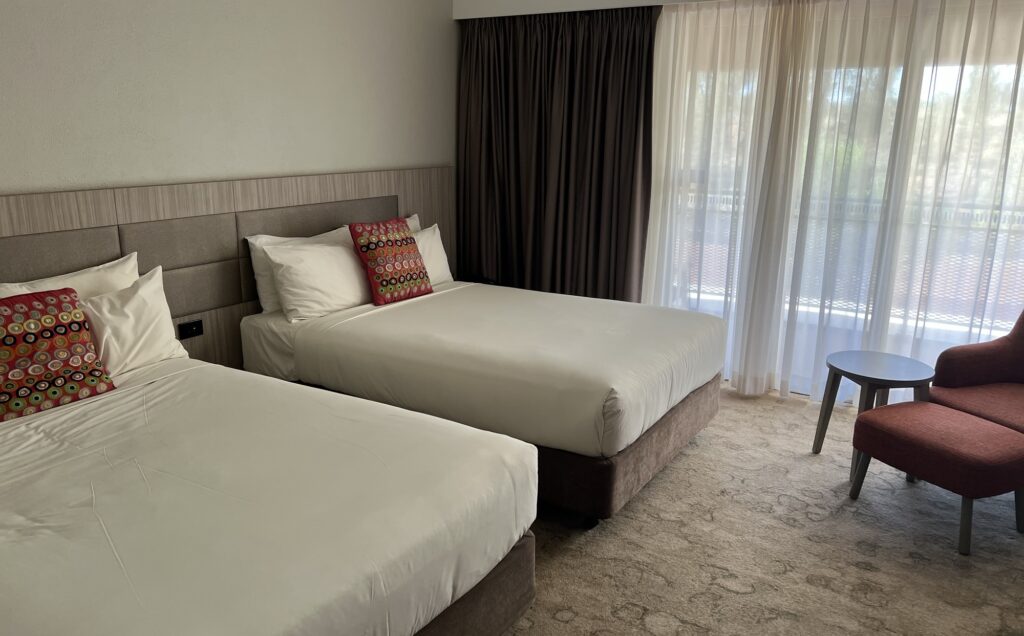
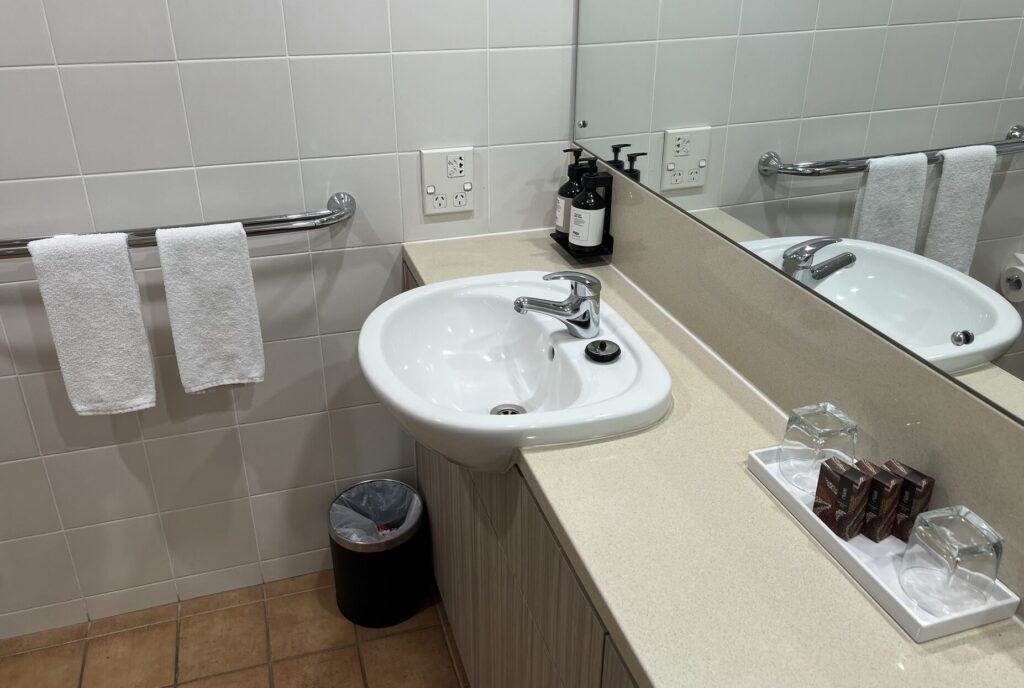
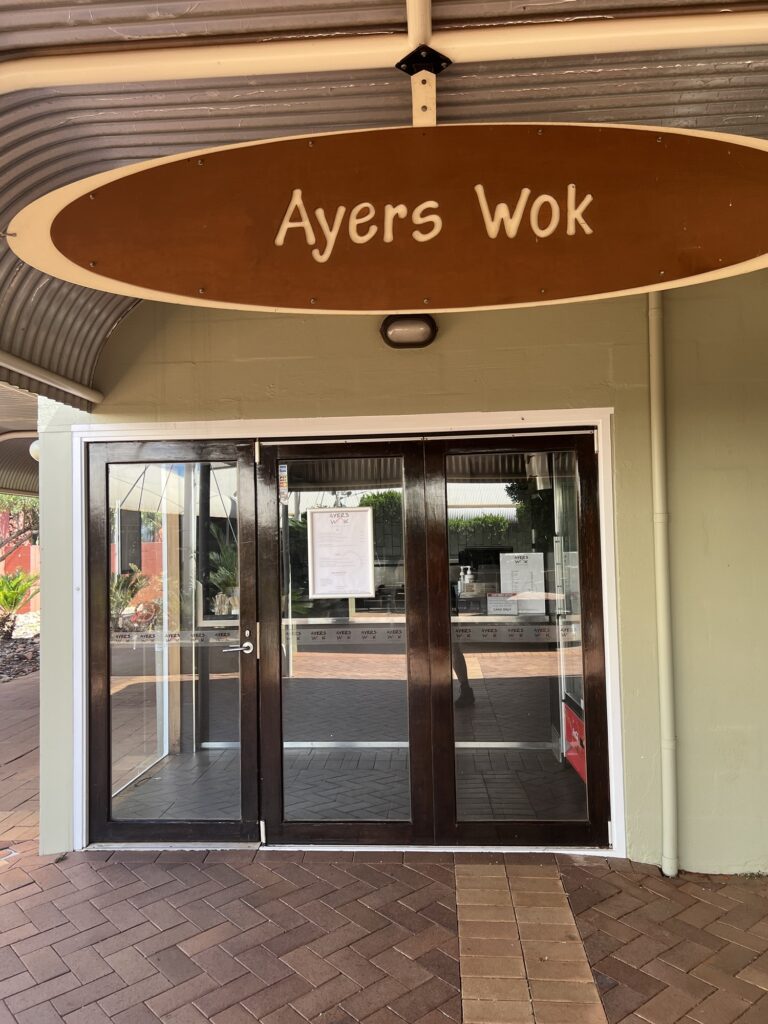
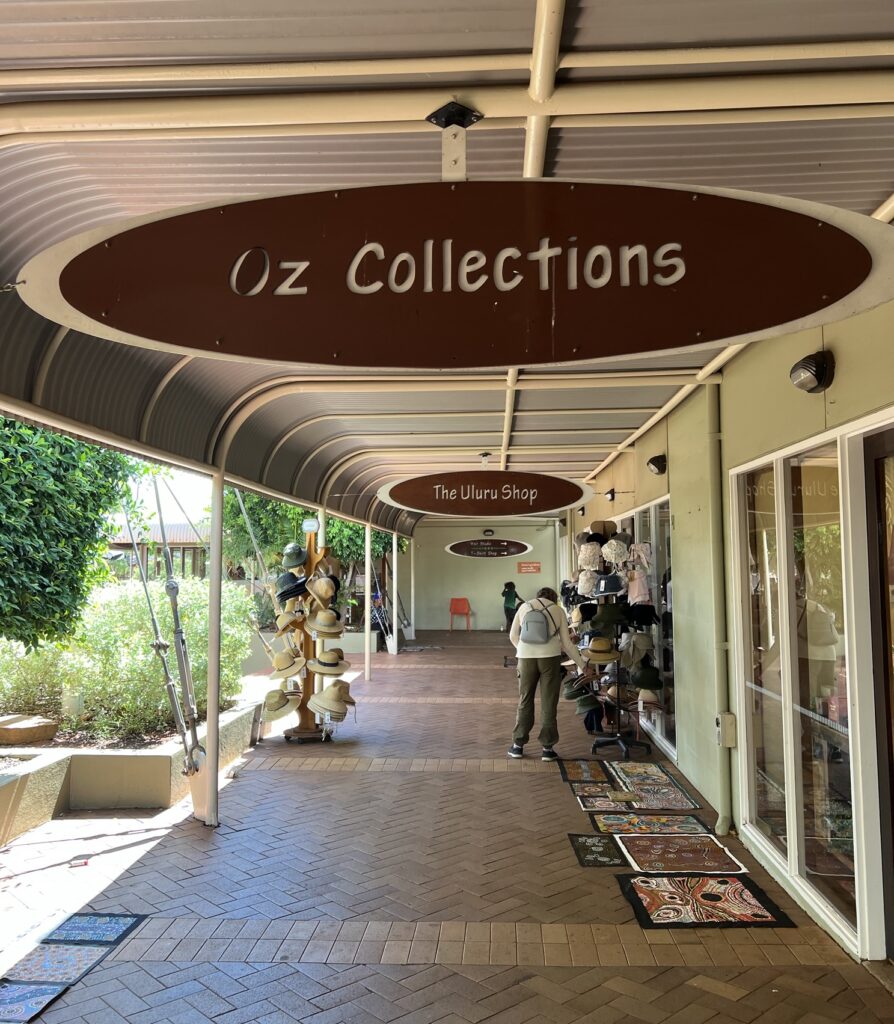
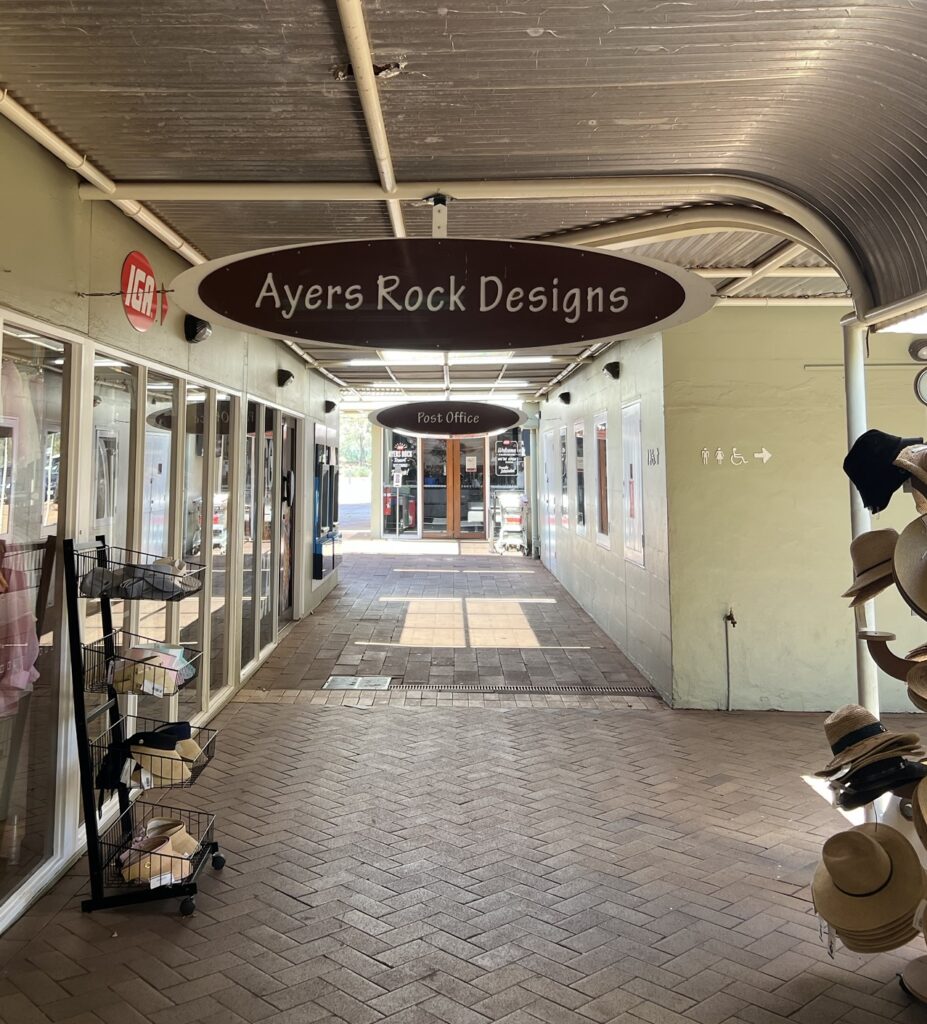
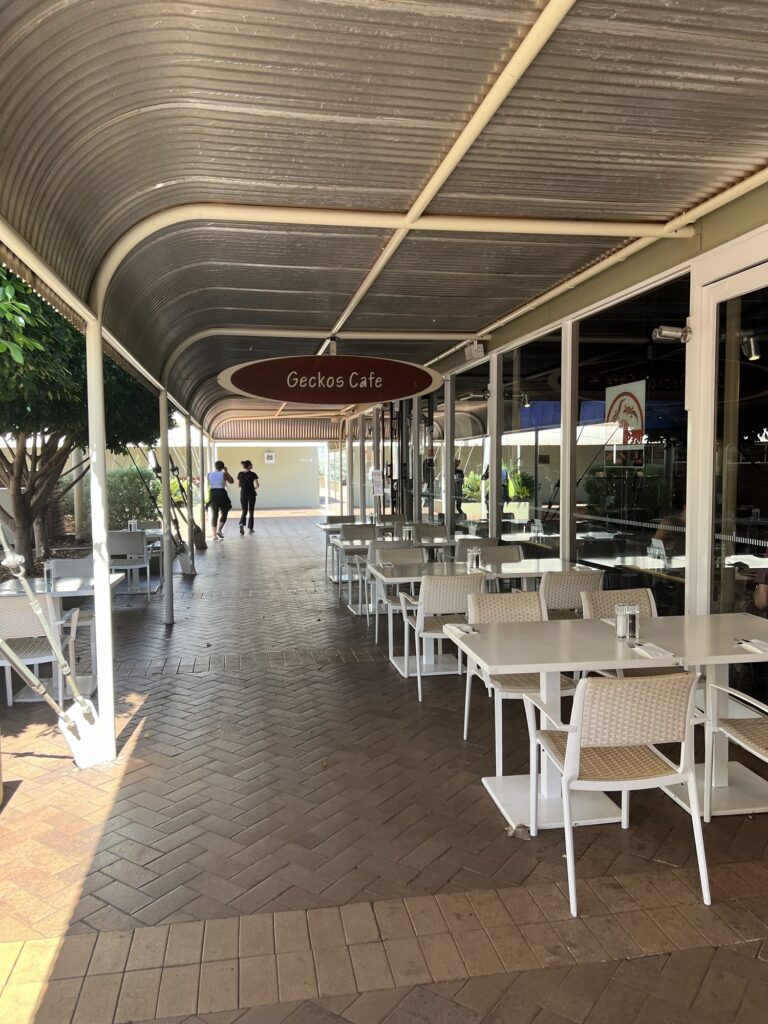
Leave a Reply